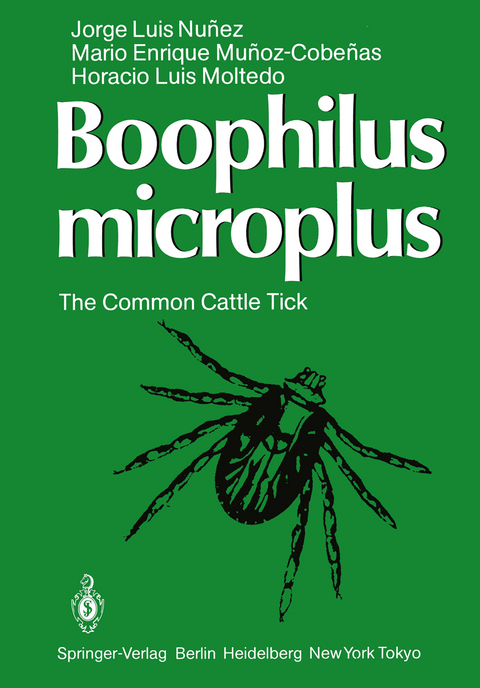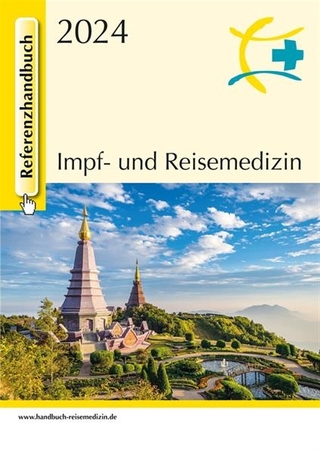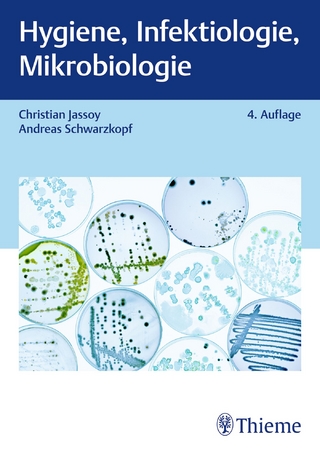
Boophilus microplus
Springer Berlin (Verlag)
978-3-642-70258-7 (ISBN)
I Introduction.- 1 Debilitating Action Exercised by a Hematophagus Parasite on a Host.- 2 Transmission of Diseases to Hematozoons.- 3 Losses Suffered by the Tanning Industry.- References.- II Taxonomy.- External Morphological Characteristics of Argasidae.- Internal Morphological Characteristics of Ixodidae and Argasidae.- References.- III Morphology and Physiology.- Capitulum.- Legs.- Dorsal Shield.- Digestive System.- Central Nervous System.- Circulatory System.- Respiratory System.- Reproductive System.- Cuticle (Exoskeleton).- References.- IV Life Cycle.- Free-Living Cycle.- Parasitic Life Cycle.- References.- V Therapeutics and Control.- Principles of the Control of Ticks.- Use of Chemical Products in the Control of Ticks.- Therapeutics.- Organophosphorous Compounds.- Commercial Formulations.- Carbamates.- New Acaricide Drugs.- Synthetic Pyrethroids.- Drugs of Systemic Action.- References.- VI Tick Control off the Host.- Grazing Treatments with Acaricides.- Biological Control by Means of Predators.- Sexual Sterilization of Adult Males.- Metabolic Alterations.- Hormones.- Use of Resistant Cattle.- References.- VII Host Resistance to Ticks.- 1 Resistance in Zebu (Bos indicus) and its Crosses.- 2 Resistance in European Cattle (Bos taurus).- The Inheritance of Resistance.- Conclusions.- References.- VIII Resistance.- Clinical Symptoms.- Mechanisms.- Arsenicals.- Chlorides.- Organophosphorous Compounds and Carbamates.- Synthetic Pyrethroids.- Evolution of Resistance After Relaxation of Chemical Pressure.- Genetics of Resistance.- Measuring Resistance.- References.
| Erscheint lt. Verlag | 6.12.2011 |
|---|---|
| Übersetzer | H. Bailie, C. Michelsohn, C. Paris |
| Zusatzinfo | XIV, 204 p. |
| Verlagsort | Berlin |
| Sprache | englisch |
| Maße | 170 x 244 mm |
| Gewicht | 394 g |
| Themenwelt | Medizin / Pharmazie ► Medizinische Fachgebiete ► Mikrobiologie / Infektologie / Reisemedizin |
| Naturwissenschaften ► Biologie ► Zellbiologie | |
| Naturwissenschaften ► Biologie ► Zoologie | |
| Schlagworte | Bacteria • Development • Evolution • Genetics • host resistance • immunity • Influence • Insects • Morphology • parasite • Parasites • Physiology • resistance • Skin • Viruses |
| ISBN-10 | 3-642-70258-9 / 3642702589 |
| ISBN-13 | 978-3-642-70258-7 / 9783642702587 |
| Zustand | Neuware |
| Haben Sie eine Frage zum Produkt? |
aus dem Bereich


